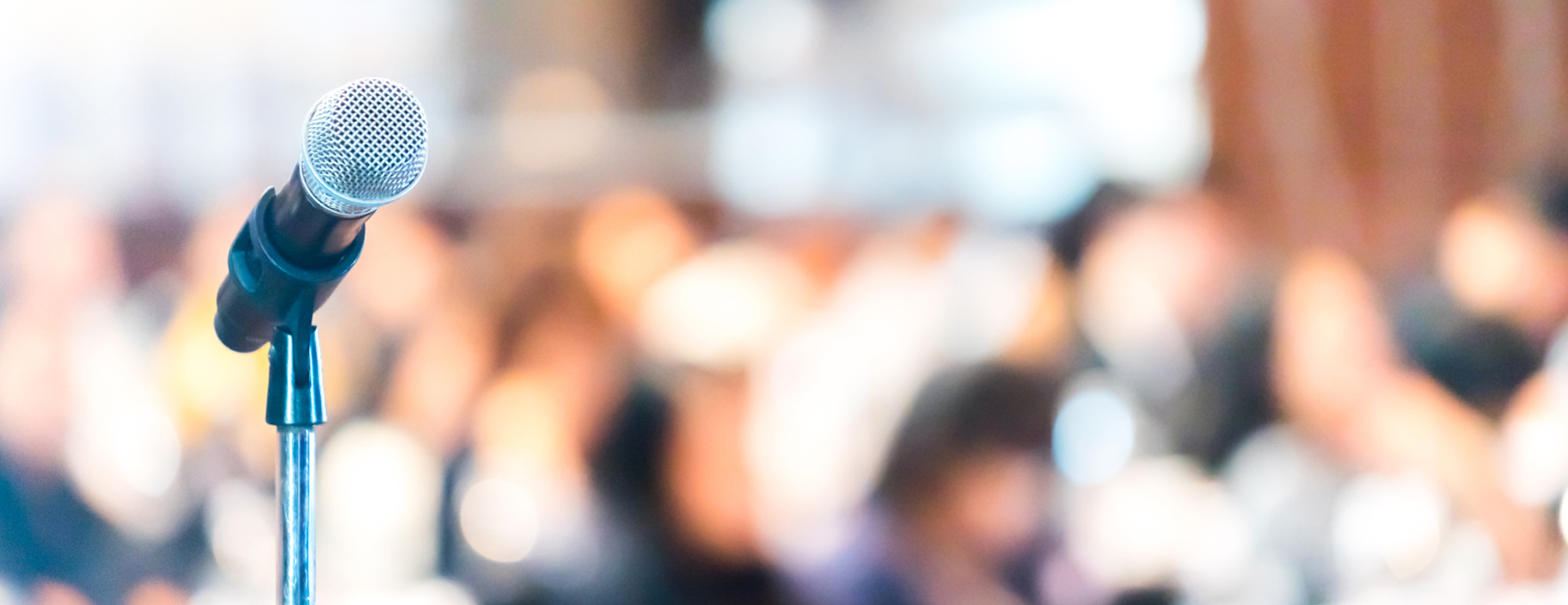
Hearing Enhancement Devices
There are a number of devices that can assist hearing in a variety of settings.
Large Area Listening Systems
Large area listening systems are the most popular of all hearing enhancement devices, and are used in theaters, movie houses, auditoriums and houses of worship. There are three basic types: FM radio, infra-red (IR) light and a looped wire around the room, called an induction loop. All of these technologies work well, but each has its own unique advantages and disadvantages. Each device works by picking up the sound at the source, such as the movie sound track, or from one or more microphones and transmitting the signal to special receivers that you wear. The different technologies may be more appropriate for certain types of situations.
Television Listening Systems
Essentially, these systems work on the same principle as large area listening systems, but on a smaller scale. The sound is picked up at the source and transmitted via radio, light or electromagnetic waves to your ear. In the usual type, you either locate the microphone by the television loudspeaker, or plug a wire into the audio-output jacks in the back of the television set. These wires connect to a small IR or FM transmitter, which broadcasts a radio or light signal to the same type of special receivers used with large-area systems.
Some of the receivers contain all of the electronics in the headset; others fit on the body or dangle from the ear, a stethoscope type. Instead of personal receivers, it is possible to transmit the radio signal to small external loudspeakers that are placed close to the listener. For example, when the individual cannot manage a personal receiver. When you use any kind of TV listening device, you should be able to set your own loudness independent of everyone else.
Conference Microphones
For people who have to attend frequent meetings, a conference microphone is designed to help. Usually it is centered among the participants, perhaps a bit closer to those who are seated farther away from the individual. The microphone picks up the speech of others and transmits it to a listener wearing a special receiver. In a sense, it works in the same way as large-area and television listening devices, by picking up sound closer to the source and transmitting it to the hearing-impaired individual.
Conference microphones usually are fairly small and can operate either on a FM or IR principle. They can be battery or AC powered, and can include extra microphones on long cords to further enhance reception. Since they are designed to pick up sound emanating from as far as 20 feet way, they can also be used as podium microphones. This permits the speaker to move around the podium and still be heard, although a lapel microphone clipped to the talker is preferable. Some people will use them in the middle of a dining room table. This also can work well, provided that the diners will agree to be somewhat disciplined in their conversation by speaking one at a time.
Personal FM Systems
FM listening systems have been used in educational settings for hearing-impaired children for over 30 years. They are an effective way of directly increasing the level of the speech signal relative to the noise. These can best be conceptualized as FM radios, with a transmitter broadcasting the desired signal to a FM receiver worn by the listener. Modern FM receivers are incorporated in some behind-the-ear hearing aids. In other words, the hearing aid can function as a FM receiver, as well as a personal hearing aid. The hearing aids can be set to receive the FM signal alone, which works well in noisy places, or microphone alone, where it functions just as a normal hearing aid, or both together. The advantage of these systems is that they can function as a remote "third" ear, one that can be located close to the source of the desired sound.
Amplified Telephones
Designed for hearing-impaired people, these are special telephone handsets that amplify sound. There are those that automatically reset to zero after you hang up the phone, to keep from blasting the next user, who may have normal hearing. There also are those that work on a "push to talk" principle, which are useful in noisy situations.
Small and portable "in-line" amplifiers, connecting between the handset and the base, also can be used to amplify the telephone signal. Some in-line amplifiers come with frequency equalizers to allow modifications of the amplified speech signal. By plugging in a neck loop, a severely hearing-impaired user can use the telephone coils in the hearing aids to listen with both ears. There are also answering machines that include an audio-output jack, which permits two-ear hearing with a neck loop.
UCSF Health medical specialists have reviewed this information. It is for educational purposes only and is not intended to replace the advice of your doctor or other health care provider. We encourage you to discuss any questions or concerns you may have with your provider.







